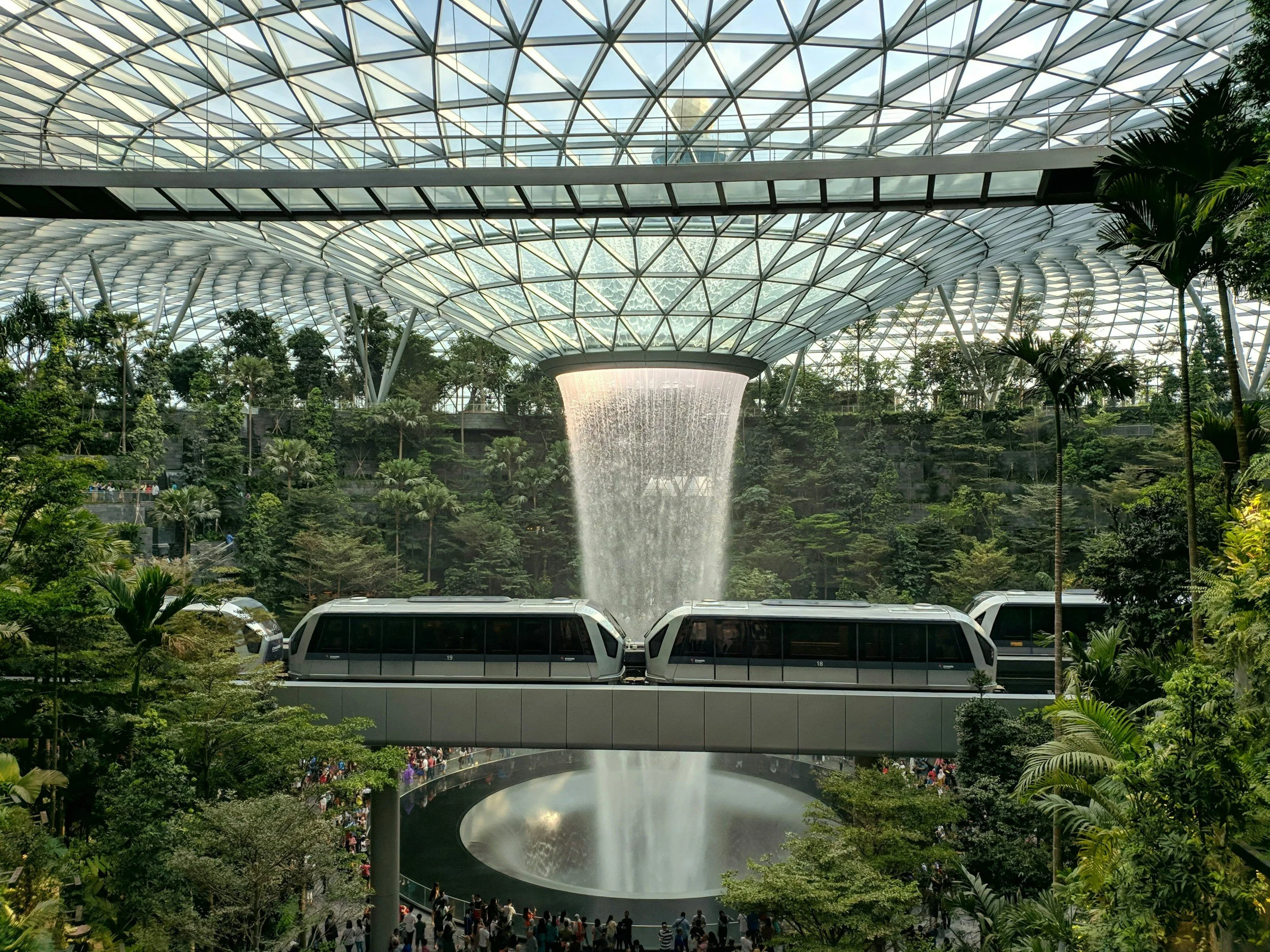
Blog
Ideas That Spread

AI News Domination: How the Future of Content Control Is Shaping Humanity—and What We Can Do About It
By 2025, a staggering 40% of all search queries will be conducted through AI-based tools like Google’s Gemini, ChatGPT, Apple Intelligence and Perplexity AI, according to Gartner.